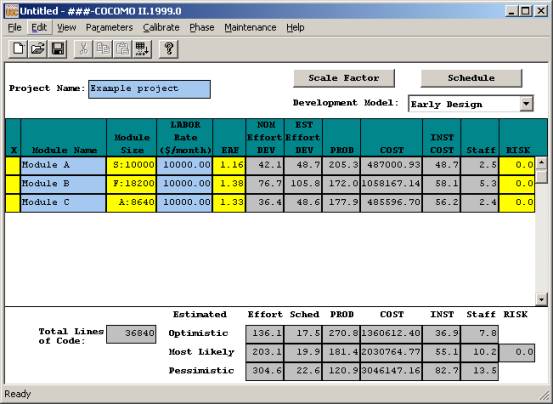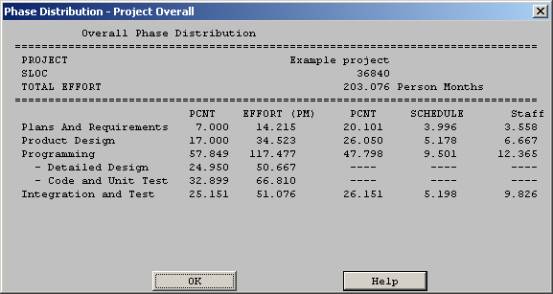|
|
|
Procurement Support |
|
Service Overview |
|
Analytical Decisions provides a spectrum of high quality procurement support services. These include:
Budgeting for software development We make use of tools such as COCOMO to help estimate the cost and duration of software-intensive projects. This parametric method can be adjusted for data from your own organisation or simply used with the results of a large number of software development projects.
The recent implementations of COCOMO (incuding ours) are able to deal with application generator, system integration, or infrastructure developments in addition to conventional software development. The implementation we use is based on two increasingly detailed estimation models for subsequent portions of the life cycle: Early Design and Post-Architecture.
Tender assessment and risk assessment Analytical Decisions has taken the COCOMO modelling approach further and used it as part of its quantitative risk assessment technique for software intensive projects. This allows us to quantify in financial and programme terms the impact of factors such as the experience of the company undrtaking the development, the development environment itself, etc. These results can be used in the context of tender assessments to provide quantitiative and traceable evidence of how selections have been made and calculating risk premiums.
|

